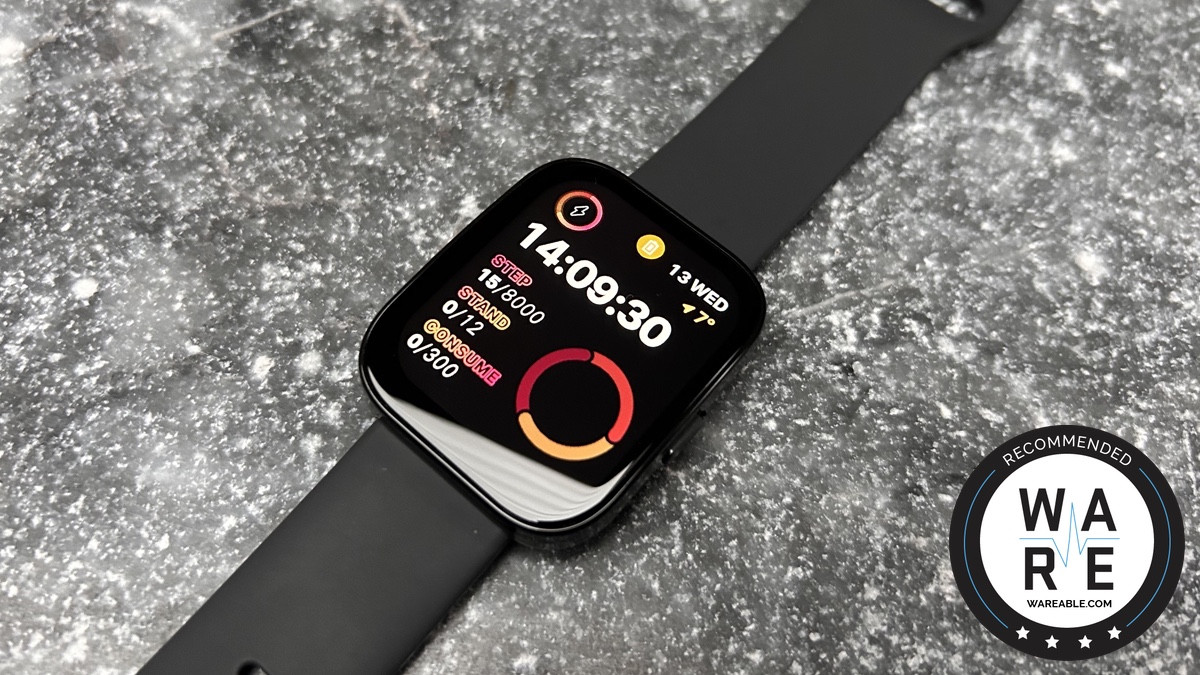
- Decent sleep tracking
- Zepp Health app is strong
- GPS on board
- Some dodgy workout data
- Chunky and plasticky
- TFT display
The Amazfit Bip 5 is the latest in the line of Zepp Health’s super-budget smartwatch.
It’s played around with the name of this brand – with the Bip 3, Bip U, and now Bip 5. It’s also dropped the standard and Pro version too – so there’s just one singular Bip 5 model to choose from.
The Bip 3 Pro was our budget smartwatch top pick, so does the Bip 5 stack up? There’s a lot to like here – and the Bip 5 can certainly challenge the budget smartwatch crown.
Read on for our in-depth review.
Price and competition
The Bip 5 comes in at $89/£89 – so it’s not the cheapest smartwatch you can buy – but pretty close.
The Honor Watch 4, which we just gave Affordable Smartwatch of the Year, is more at £129. It offers a sleeker design and also a full AMOLED display, which just gives it the edge.
Likewise, there are options such as the Huawei Watch Fit 2 – which wins out for design.
But given the feature set, the Amazfit Bip 5 offers fantastic value.
Design
Wareable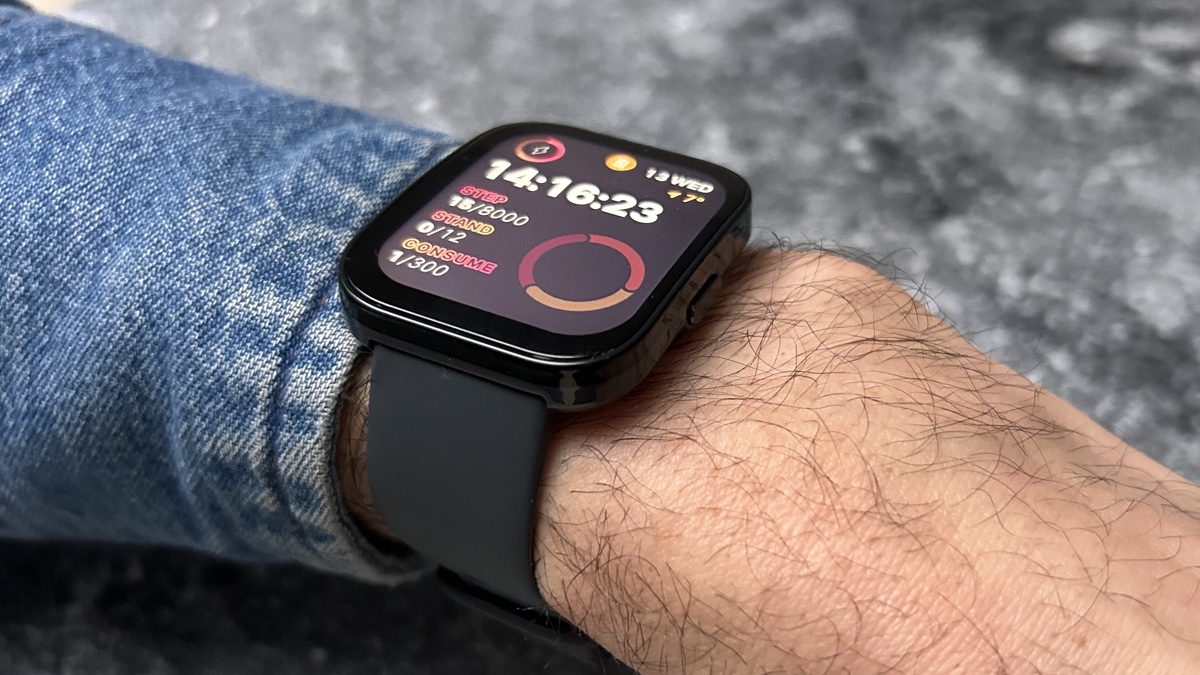
The Bip 5 is a substantial upgrade over older Bips – with a larger, better display.
The screen has been upped to a sizeable 1.9-inch – and while it’s TFT and not AMOLED, the quality here is much better than most equivalent displays we’ve tested. That’s aided by a 320x380 resolution (at 260ppi) which is higher than most budget watches.
The text is a little pixelated and the colors are slightly washed out – but it’s far better than older Bip devices. And enough to deliver an experience that doesn’t feel like a sub $100 watch.
The design itself isn’t quite how it appears in the marketing shots. Yes, there’s a gentle curve to the screen although not as perceptible in real life – but the whole watch is thick. It’s 11.8mm – but the design doesn’t attempt to hide the thickness, so it does appear chunky.
There’s a singular button on the right bezel for summoning the apps menu, and also heading back to the watch face. The rest is done by touchscreen.
Wareable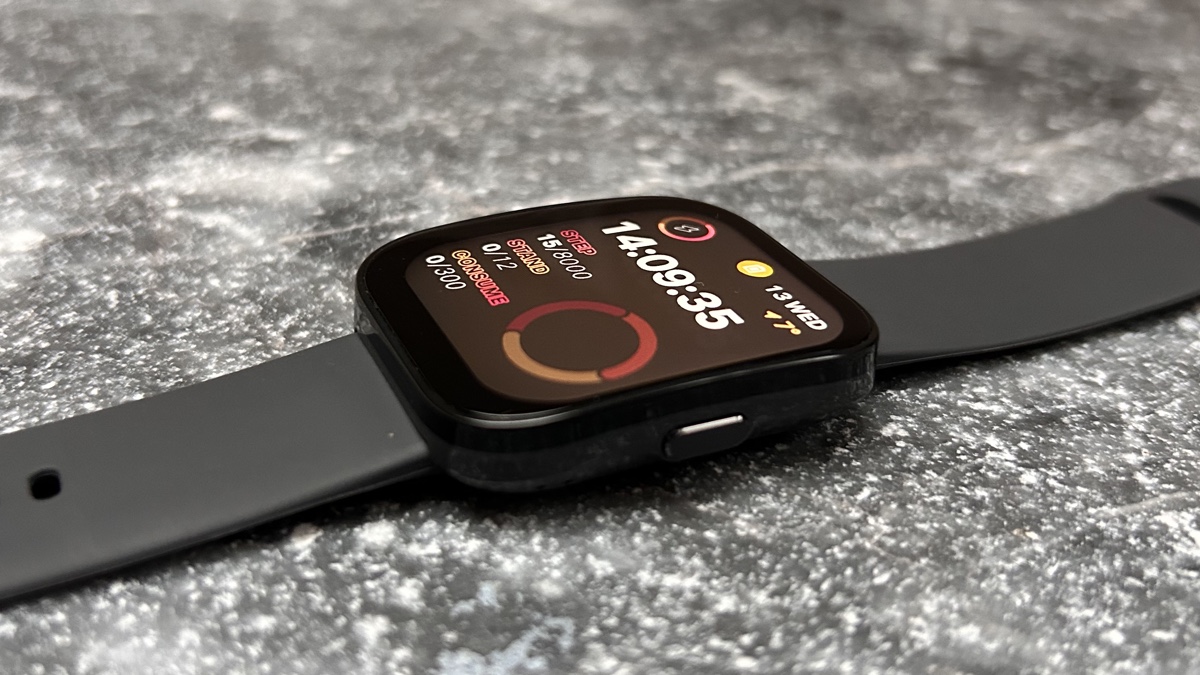
The screen doesn’t have an always-on display option, so it can look like a big chunk of black plastic on the wrist. But the watch face selection is better there than many rival budget devices.
The strap is a pretty bland black rubber affair, that loops and tucks in. It does a good job of staying put and doesn’t flap around like cheap buckle ones.
The Bip 5 is IP68 rated, which means it’s splashproof but don’t risk it in the shower – and not the pool.
Sports tracking
Wareable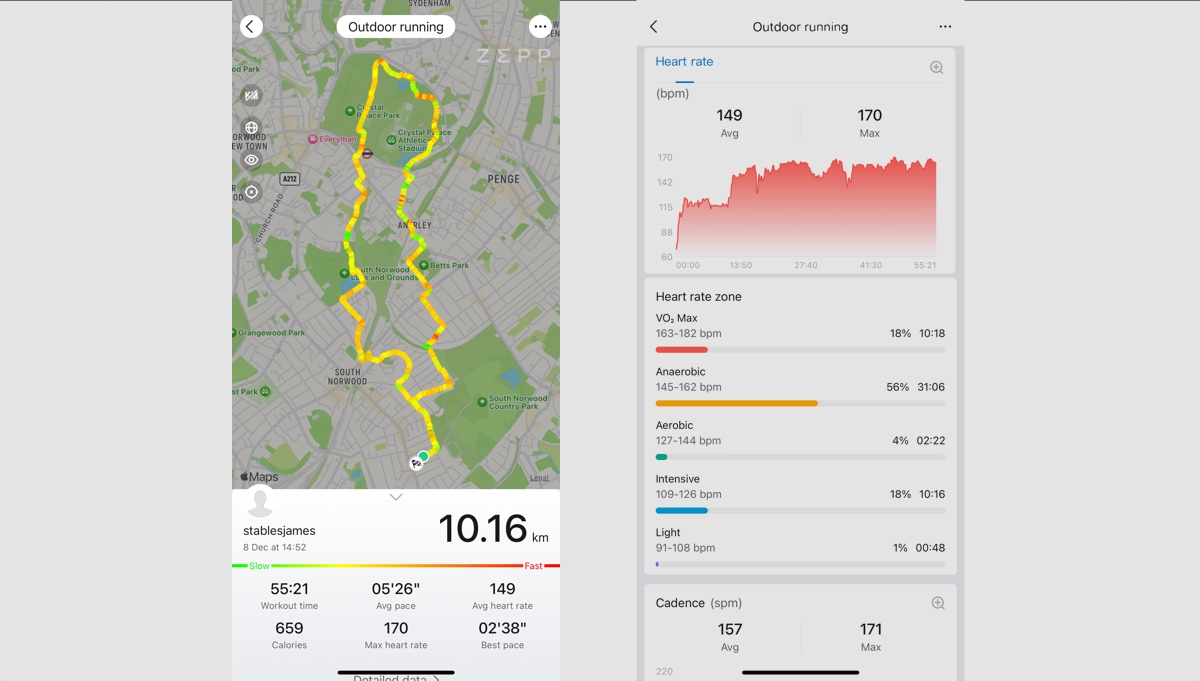
The Bip 5 is a pretty fully-fledged sports tracker – with 120+ sports modes and also GPS built in.
There are modes for pretty much everything – although it’s mostly a tagging exercise, so you can see your session in the Zepp Health app.
We took it through a range of workouts – and had mixed results.
We have always been a fan of Amazfit watches for the running experience – and this was good on the Bip 5. The four satellite GPS was pretty accurate – and logged a 10km run at 10.1km. We have seen much more expensive smartwatches such as the Galaxy Watch 6 struggle on the same route, so we're really happy with that performance.
However, we also took it to a spin class. The stats throughout were pretty on point, but the session was logged with a calorie burn of just 39kcal for a 35-minute session. Whoop has the same session at nearly 500 cal – which is far more realistic.
Wareable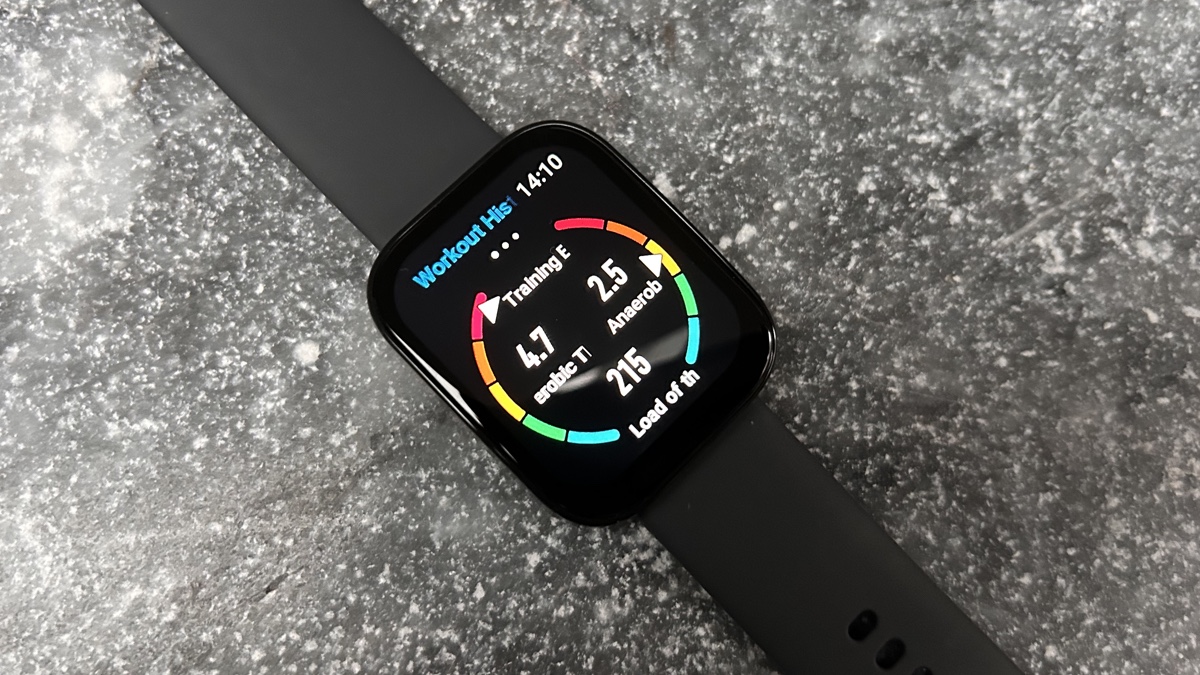
The Zepp Health app is a mature platform, and there’s a lot to like. So it’s to the benefit of the Bip 5 that data from workouts ends up here. It’s easy to digest and look through workout data – and the platform will sync with Strava so you can store your workout data there.
Heart rate performance wasn’t amazing – with a low average HR of 149 bpm across a 10K run, compared to 160 bpm with a chest strap.
So this isn’t a watch that will produce that accurate workout data – if you’re looking for that kind of analysis and feedback.
VO2 Max is also tracked within the Zepp Health app – which was a little shy of Garmin’s estimate. But we’ve seen far more wild estimates – so this data feels usable and is a nice metric to watch increase as your training pays off.
What’s more, there’s a training load metric, to show when you’re overtraining or slacking off. Again, this is more than you’ll get on most budget devices.
Sleep tracking
There’s detailed sleep tracking on board the Bip 5 – and again, because of the Zepp Health platform, it’s one of the better budget experiences. It has its tab within the app – and the is loads of data here to look through.
We tested it against the Whoop 4.0 – and while it regularly tracked more sleep time, most stats stacked up including trends around deep cycles.
The Whoop is a harsh judge of sleep and restlessness, and the Bip 5 does a good job of tracking wake times, sleep times, and cycles.
It will also assess sleep regularity, which is how often you go to sleep and wake at the same time. It’s a controllable sleep metric that can lead to better rest, so it’s nice to see that used here.
Sleep breathing analysis can also be turned on, and one night was flagged for attention for possible apneic events – so it can be a useful tool to raise awareness of breathing issues.
Health tracking
Wareable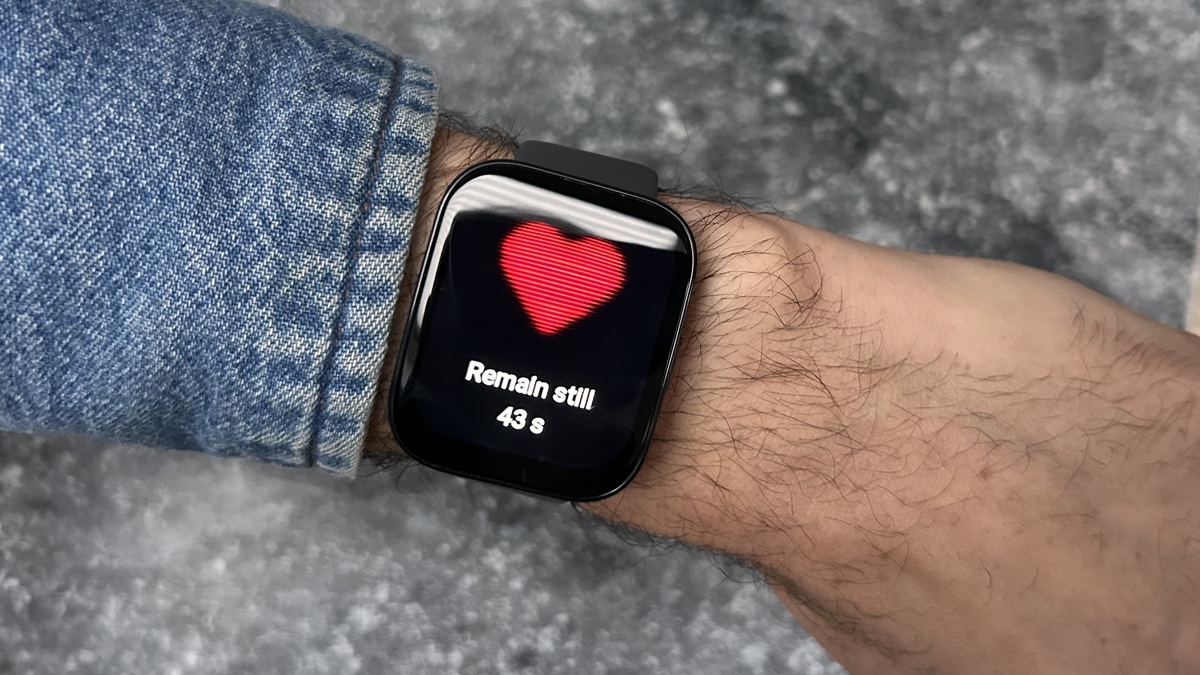
The activity tracking is still handled by the PAI score – a metric that scores your weekly movement out of 100. It's been a staple of Amazfit over the years, and is effective on paper. It's a little hard to understand and explain, but if you embrace the idea of keeping this score at 100 by getting out and exercising, it can be effective.
The heart rate section is really clear and easy to navigate – but it flags any my resting heart rate under 60 as excessively low – which isn’t that useful.
Wareable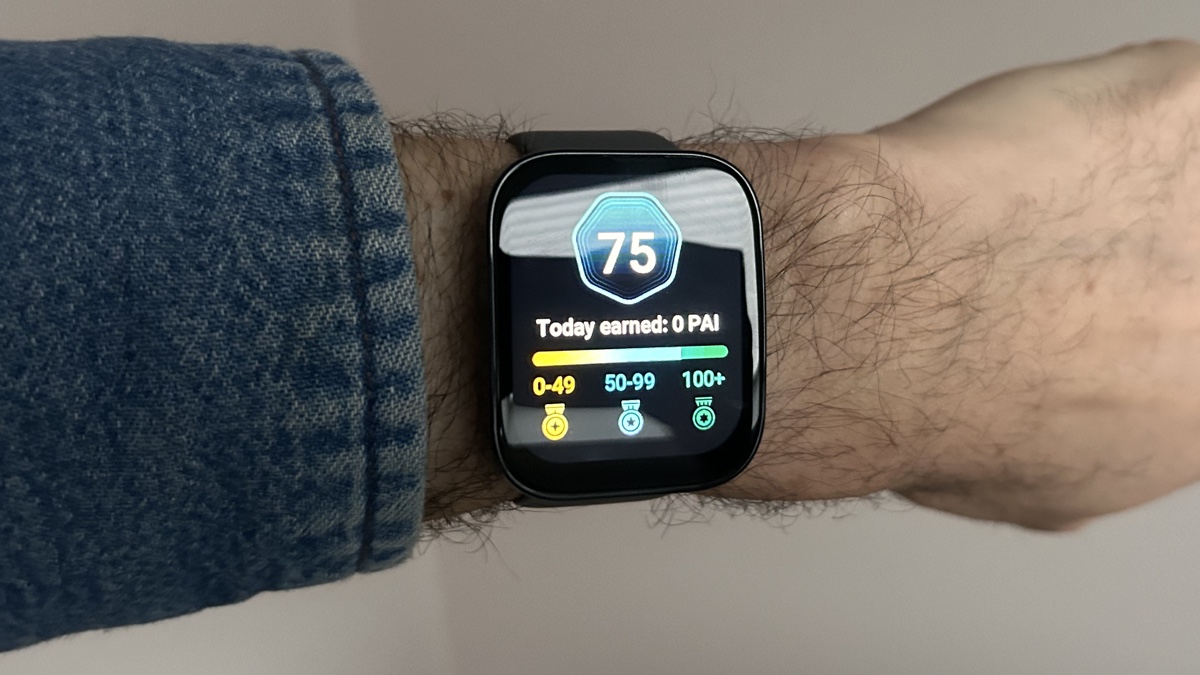
Stress tracking is the usual array of nom-actionable data. But we don’t find the stress tracking very insightful. You can opt to have stress monitored automatically or take a spot check.
The SpO2 readings seemed in line with Whoop.
There's also a One-Tap Measuring feature, which you can use to snapshot an overview of your health at any moment. But it only captures heart rate, SpO2, and stress level – and does nothing with the data – so it's not that insightful.
Smart features
Wareable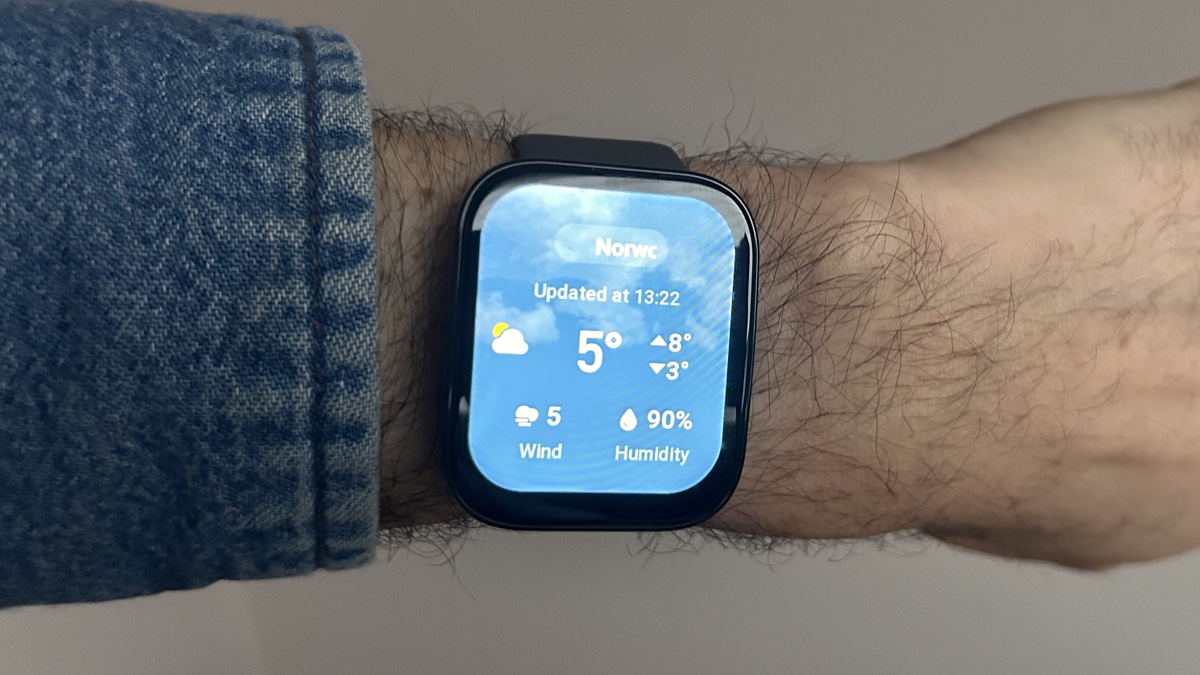
There aren’t the bells and whistles of the Apple Watch or Pixel Watch here. So there are no mobile payments, music streaming apps, or anything of the ilk.
You can take Bluetooth calls from the wrist with the Bluetooth speaker – although we couldn't get it to work properly on iOS. Many of the core features are turned off by default, so you need to dive into the app settings. But Bluetooth calls wouldn't enable from our iPhone.
and there's also Amazon Alexa integration. That means you can fire off queries, set timers, or control elements of your smart home. Alexa worked well with text and audio responses. With smart home commands and music playback requests to Alexa speakers in the house it would offer a "sorry I don't know that" error but complete the request. So a little buggy, but workable.
But you can get notifications for calls and apps – and trim what you see as well. It’s not app-by-app, but if you go to Settings > Notifications > App Alerts you can control a certain selection. We could toggle on/off WhatsApp, Apple News, Calendar, Facebook Messenger and Twitter.
We do like granular control, and it’s nice to be able to tame the stream of pings on the wrist – so kudos to Zepp here.
Battery life
The battery life of the Bip 5 was strong. Zepp Health estimates 10 days – and we’d say that’s achievable, even with the advanced health monitoring turned on.
We found a drain of less than 10% a day, even with an hour workout and sleep tracking – which is a really strong showing.
Even with heavy use, we’d expect more than 7 days. And that’s more than Zepp Health’s estimate of five days.
Should you buy it?
Wareable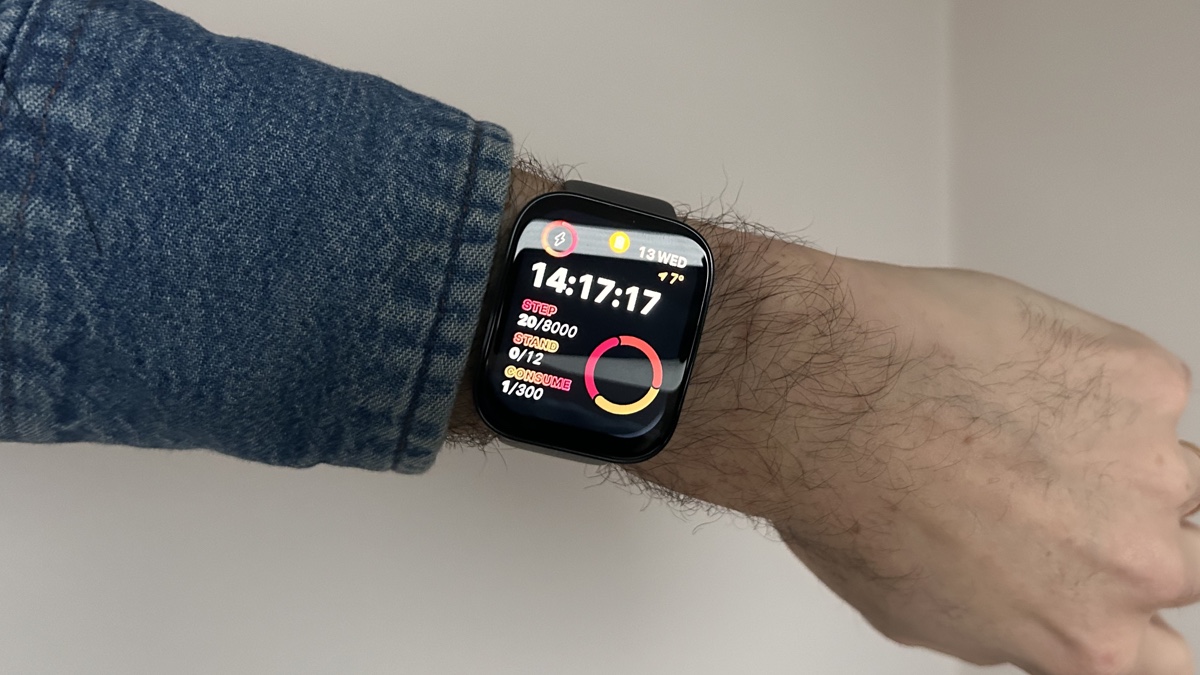
If you can look past the very basic design – there’s so much to like about the Bip 5. We had some bad data from workouts, but with a great battery and decent sleep tracking – the Bip 5 offers great value at this price point. It’s not as good looking as the Honor Watch 4 and the screen tech lags, but in terms of the implementation, the Bip 5 doesn’t do much wrong.
Amazfit Bip 5 specs
| Amazfit Bip 5 | |
|---|---|
| Display | 1.91" AMOLED, 320x380 resolution, 260 PPI |
| Weight | 26g |
| Battery life | Up to 10 days |
| Watch faces | Over 70 |
| Phone calls | Yes, Bluetooth |
| Alexa | Yes |
| Sports modes | Over 120 |
| Heart rate tracking | Yes |
| Blood oxygen tracking | Yes |
| Size | 45.94 x 38.09 x 11.2mm |
| GPS | Yes, supports four satellite positioning systems |
How we test
